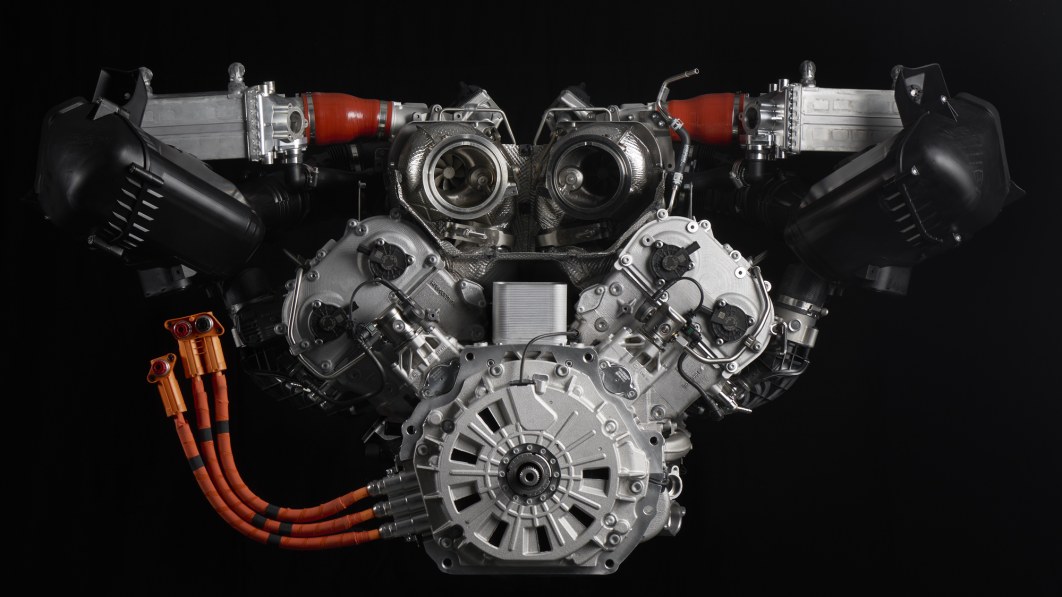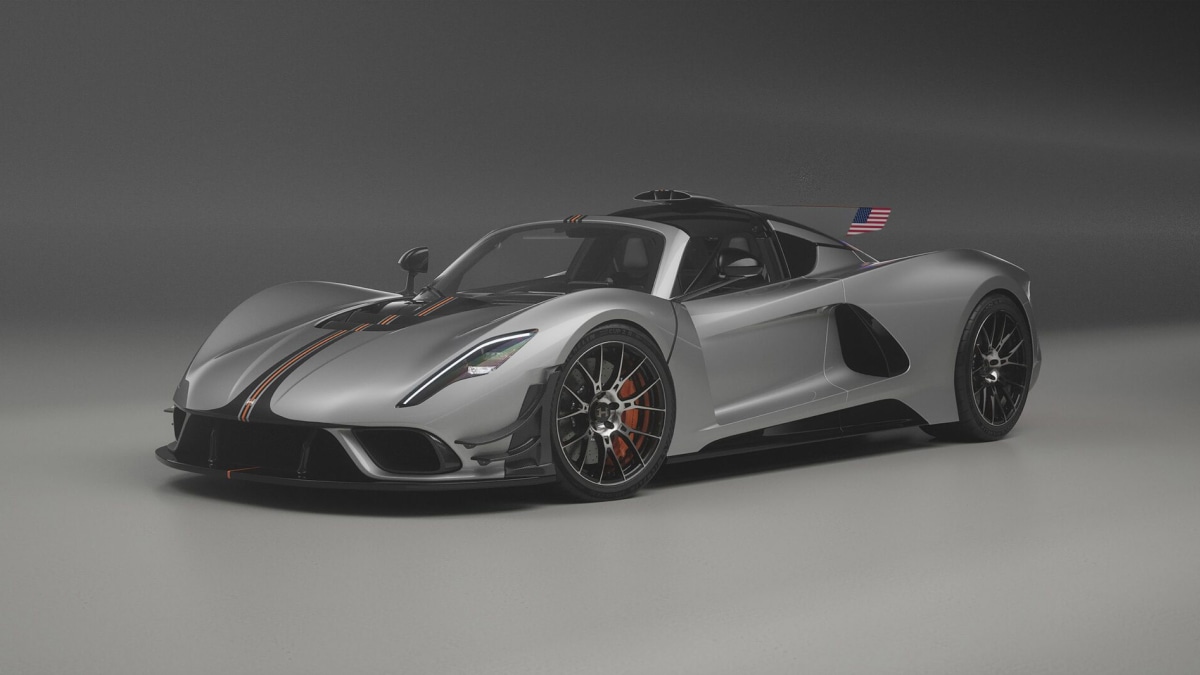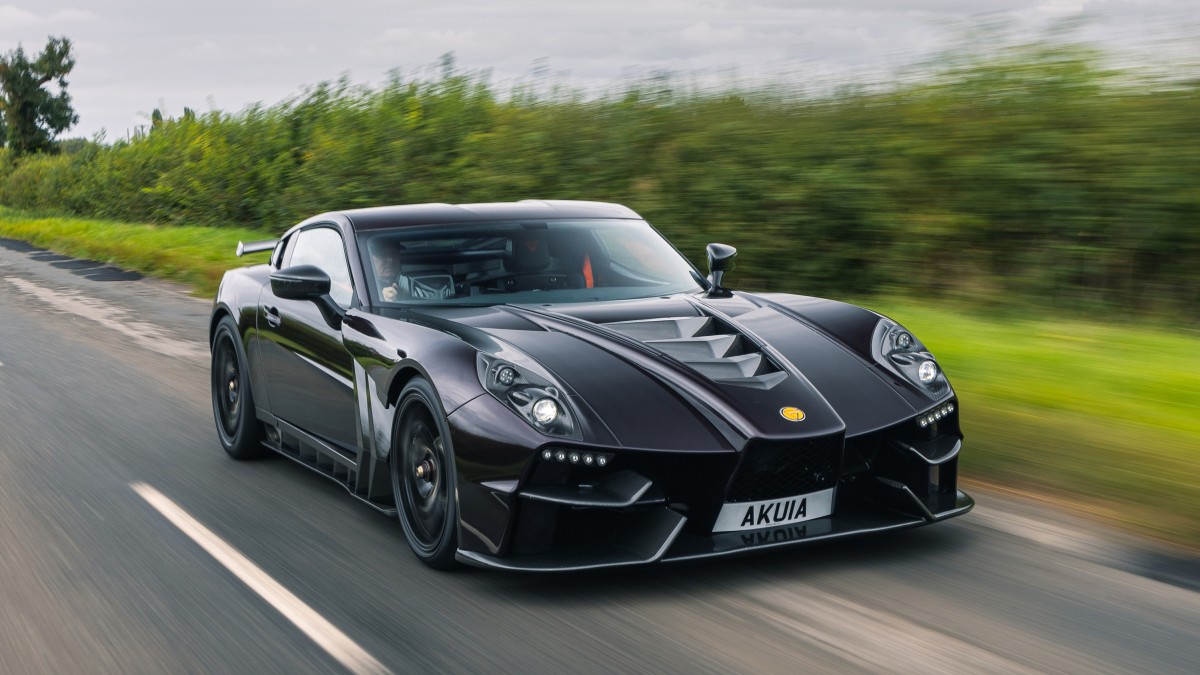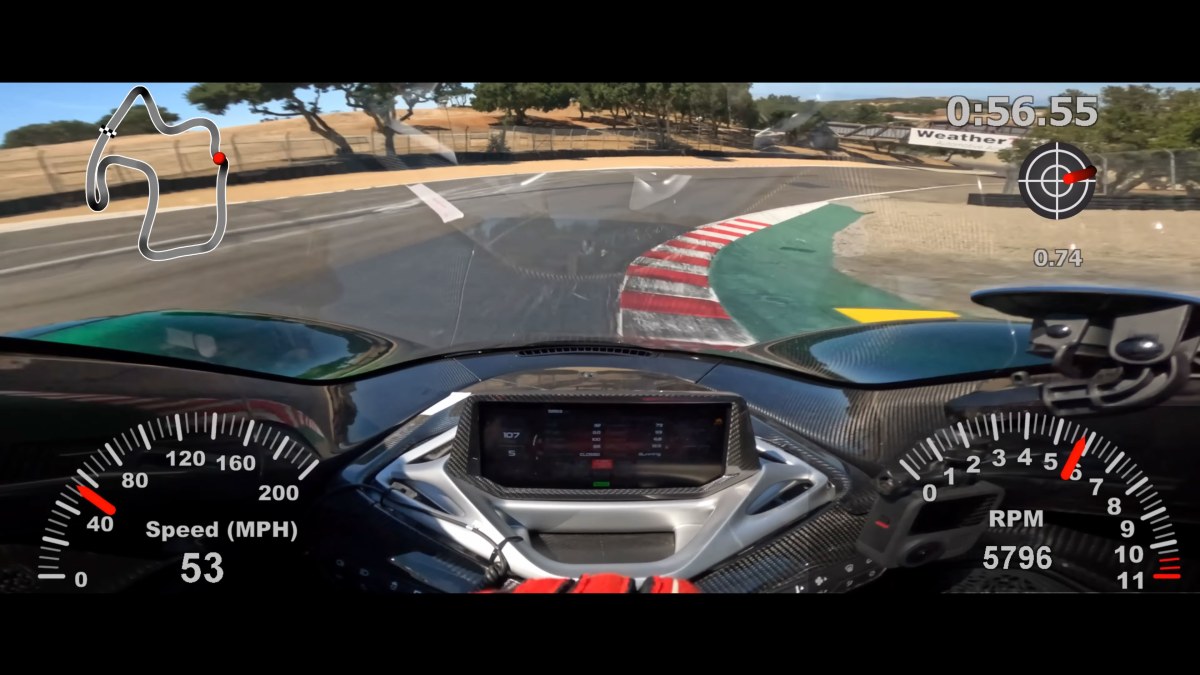Lamborghini went to significant lengths to keep the naturally-aspirated V12 engine alive, but its naturally-aspirated V10 has nearly reached the end of its life cycle. Instead, the yet-unnamed model that will replace the Huracán will downsize, adopt forced induction, and electrify.
Code-named 634 internally, the Huracán’s successor will get a 4.0-liter twin-turbocharged V8 rated at about 800 horsepower and 538 pound-feet of torque and linked to an eight-speed dual-clutch automatic transmission. For context, the 10-year-old Huracán uses a naturally-aspirated 5.2-liter V10 tuned to develop 631 horsepower and 441 pound-feet of torque in its most powerful state of tune and the Revuelto’s V12 makes 814 horsepower. The hybrid part of the drivetrain will consist of three electric motors and a battery pack whose capacity and chemistry haven’t been announced. The system’s total output also hasn’t been revealed, but it should check in well above 800 horsepower.
Before rumors begin to fly, let’s get an important detail out of the way. Lamborghini is part of the Volkswagen Group, and several of its sister companies — including Porsche — offer a twin-turbo 4.0-liter V8, but this is not what you’ll find in the Huracán’s successor’s engine bay. The brand claims that the eight-cylinder is new; it was developed in-house on a blank slate. Its delivers its peak horsepower output between 9,000 and 9,750 rpm, it provides its peak torque output over a broad range that stretches from 4,000 to 7,000 rpm, and it revs to an un-turbo-like 10,000 rpm. The pistons are linked to flat-plane crankshaft, too. On paper, it sounds like Lamborghini developed a racing engine.
The dual-clutch automatic is a version of the transmission developed for the Revuelto, which made its debut in 2023 as Lamborghini’s first series-produced plug-in hybrid super-sports car. Details about the electrified part of the drivetrain remain relatively vague: all we know at this stage is that one of the three motors is sandwiched between the V8 and the eight-speed transmission. Fear not, the model won’t sound like the average hybrid. It will likely be capable of driving on electricity alone for short distances, but Lamborghini stresses it spent a great deal of time tuning the engine’s exhaust note to ensure it sounds the way a modern supercar with a flat-plane crankshaft and a high redline should.
Lamborghini will unveil the Huracán’s successor later in 2024, and we expect to hear more about it in the coming months. When it lands, it will complete the company’s shift to an all-electrified line-up: it will join the Revuelto and the plug-in hybrid Urus SE unveiled in April 2024.




